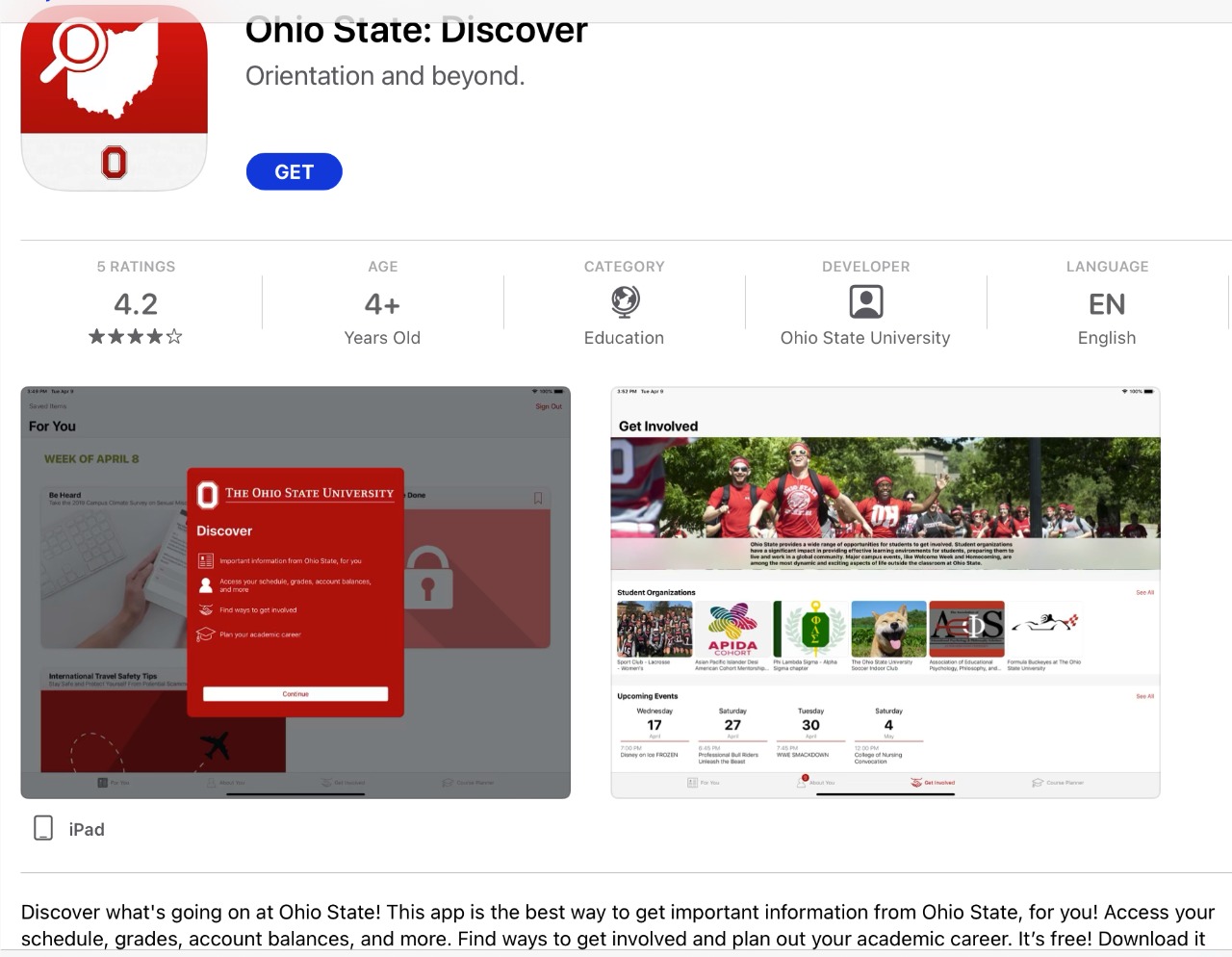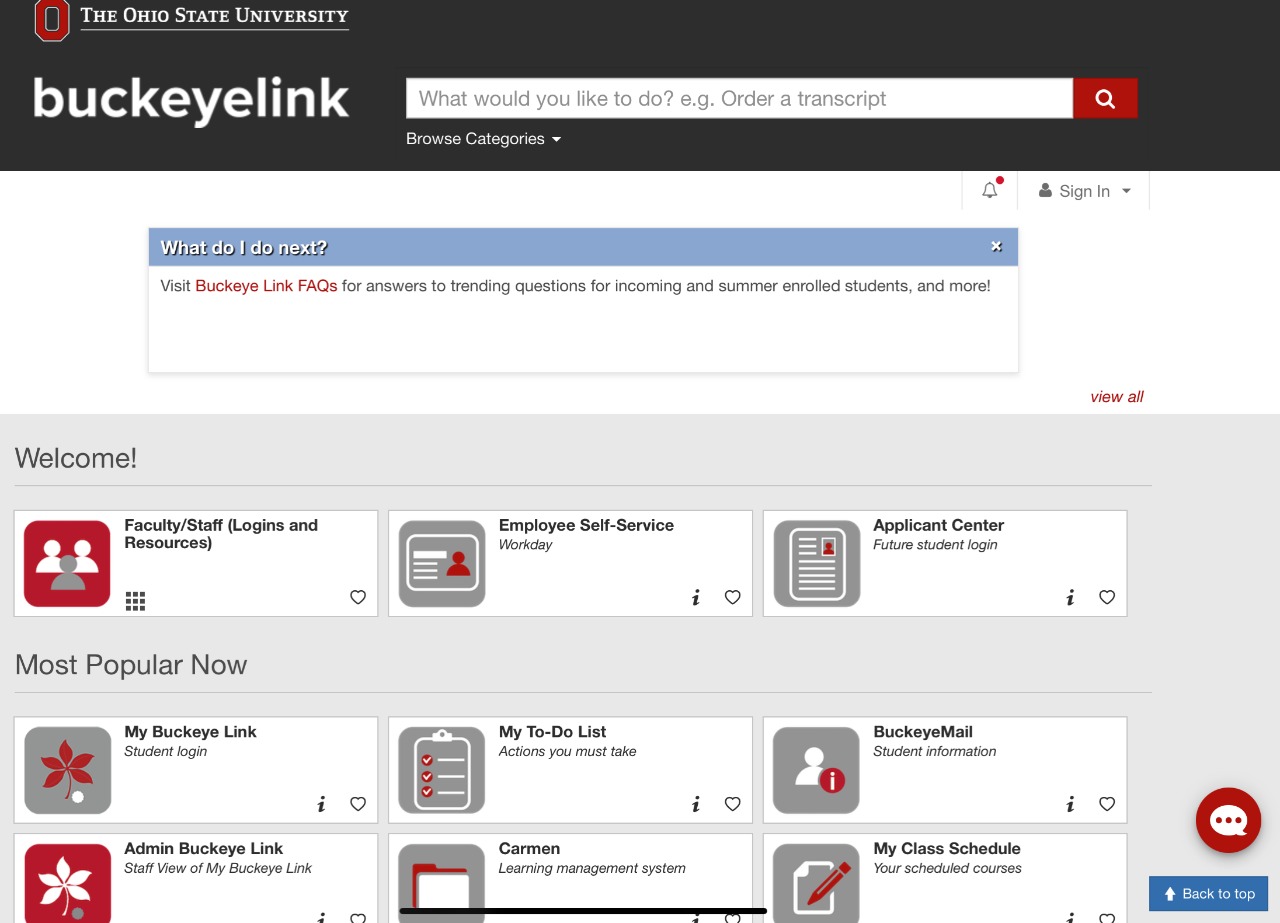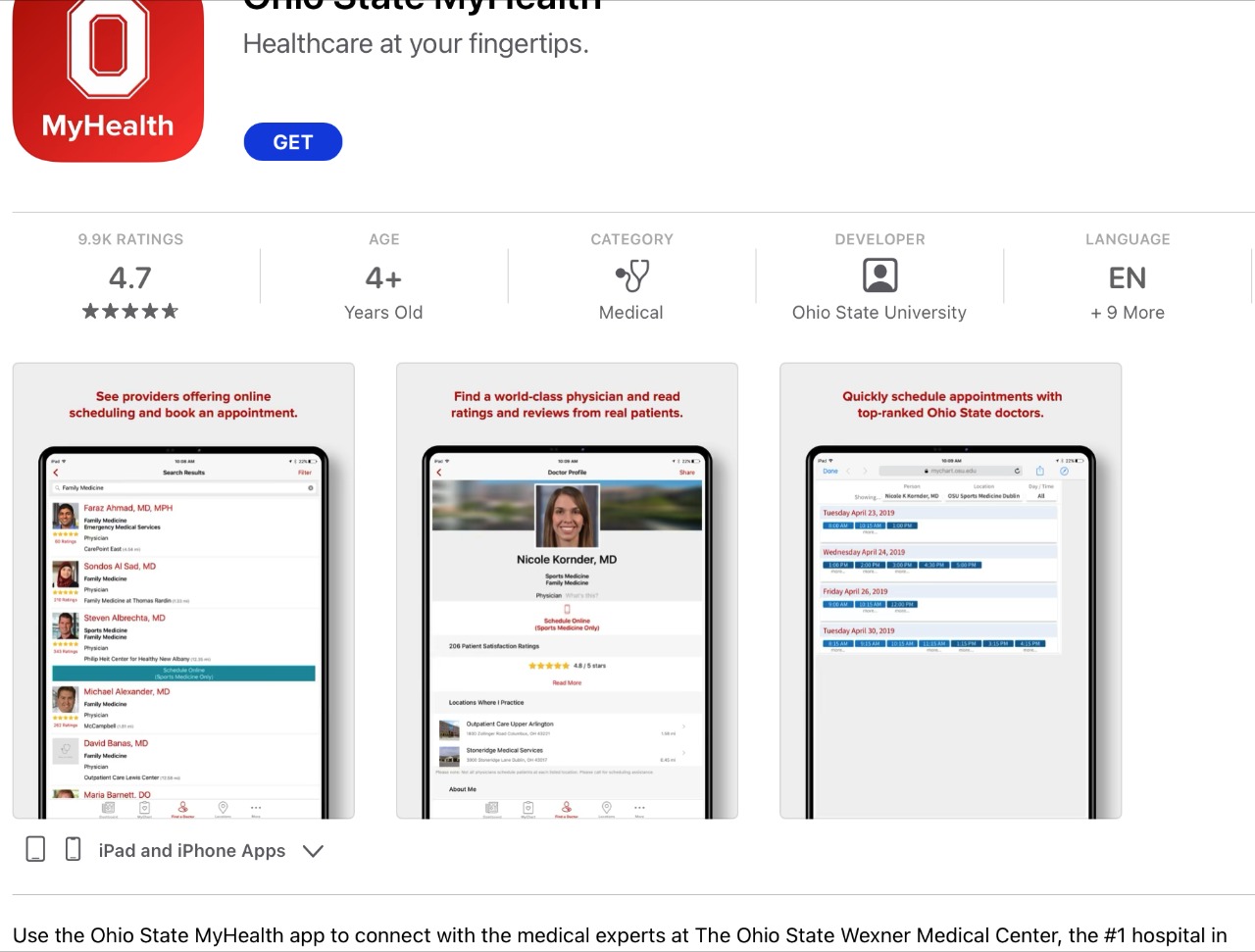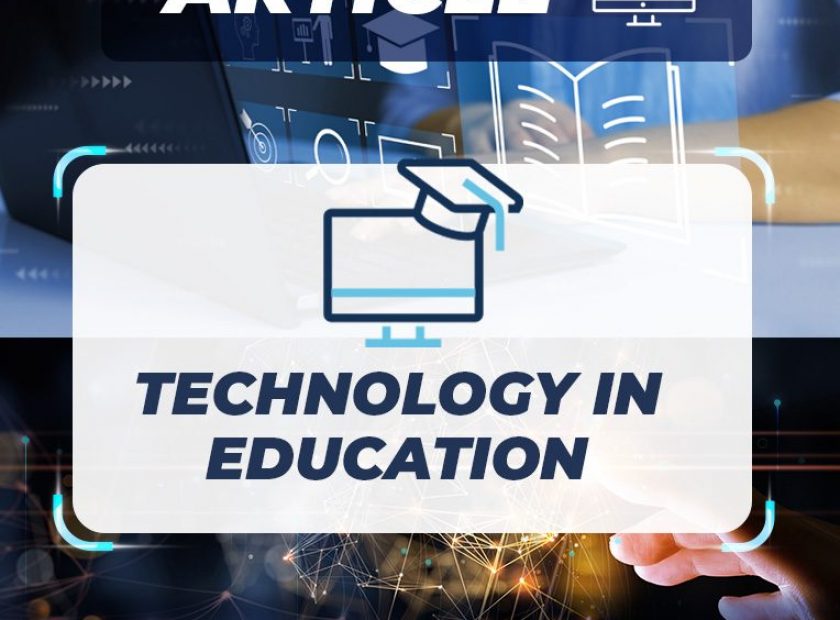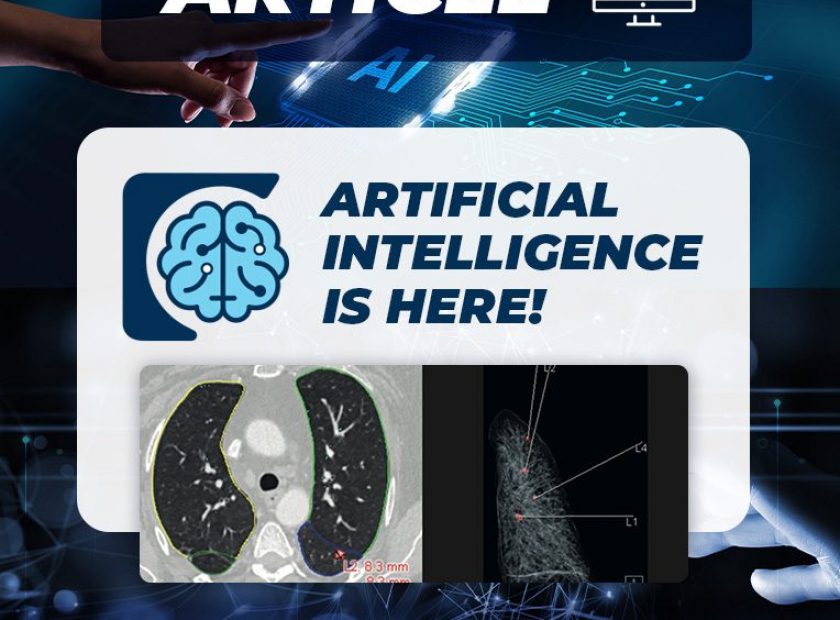C
onsidering that our products and solutions are oriented towards the healthcare industry, you might be surprised with the title of this post and are likely asking yourself: “Self, what does technology in education have to do with healthcare?”
Well, as I sit here watching my daughter’s orientation seminars at The Ohio State University I’m shocked to see how far along we have come technology-wise with services for these students.
For example, they have an App that provides them all the information they could want. From maps of the campus to locations of classes to nearby shopping and dining options to the hours of operations of places like the dozens of libraries and recreation centers to the schedule of all sporting and arts and entertainment event. All of this and more is at the palm of their hands.
This is definitely a long way from what I had available when I went to Case Western Reserve University and Florida Atlantic University in the 1990s. Back then, if the schools had a decent website it was a huge “win”. Today, these youngsters can even schedule their transportation and security escorts via the phone.
Seeing all this makes me wonder whether we in the “real world” are ready with similar technological advances in our workplaces for that moment when we hire some of these men and women when they graduate?
After four or more years of being exposed to such high end use of technology, will they be accepting of places that don’t use technology the same way they were using it in college? I, for one, don’t think they will. I think they will favor employers that are already technologically advanced and are even looking to become more advanced on a yearly basis.
It is my hope that in providing some of the products and services that we offer via our Digital Solutions as well as our Siemens partnership that we will be one of those companies that not just attracts these best and brightest individuals, but also be in a position to impact positively the healthcare industry in the same vein.
